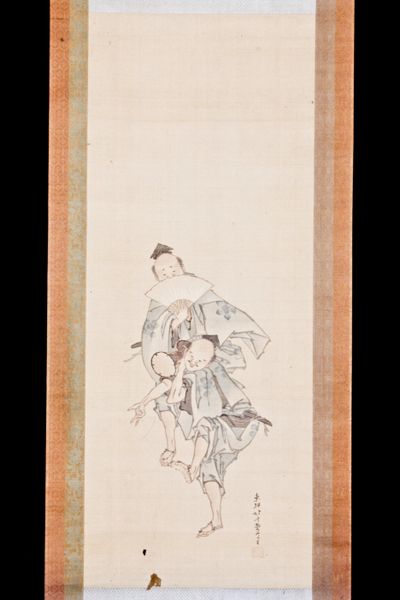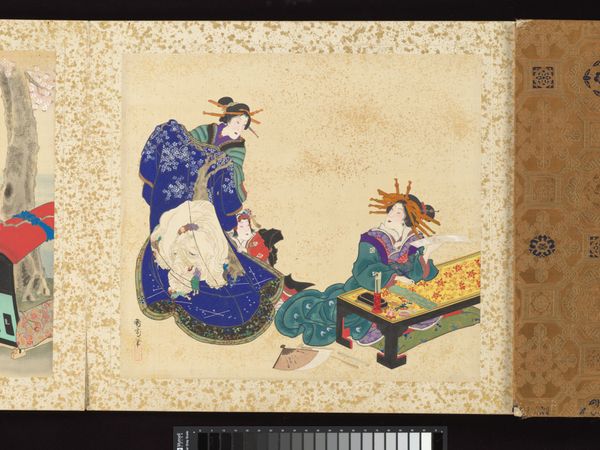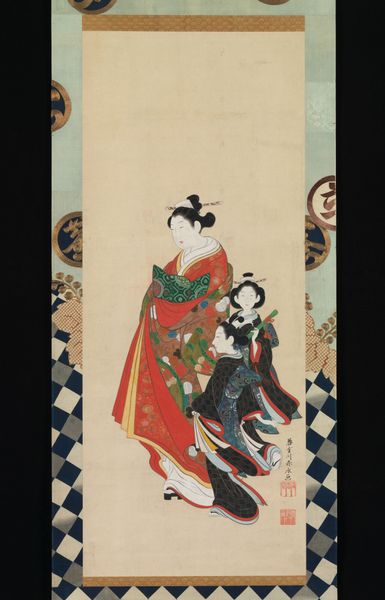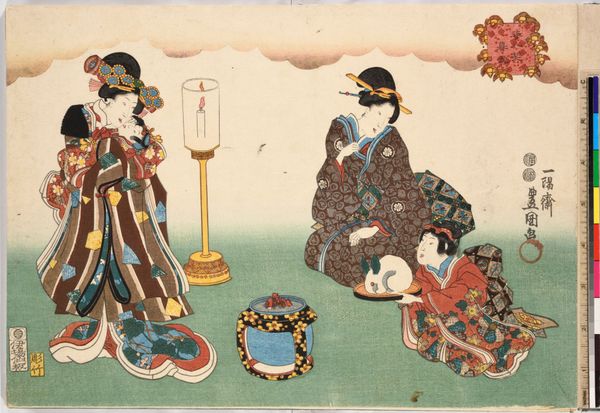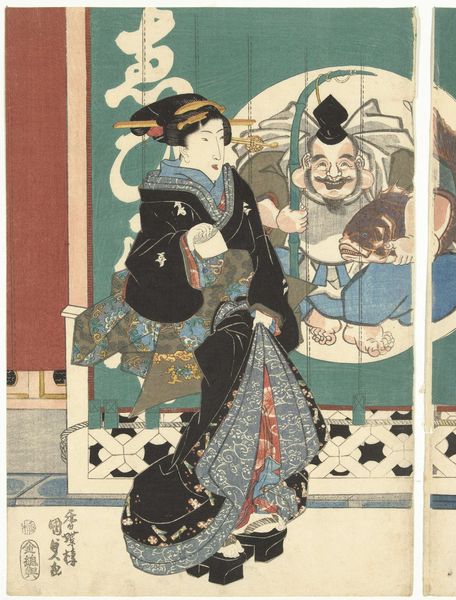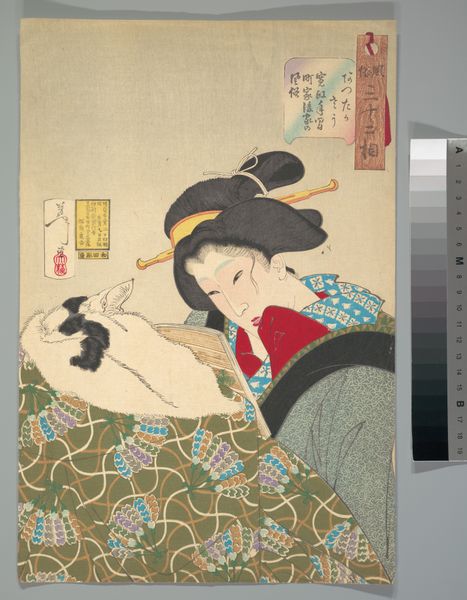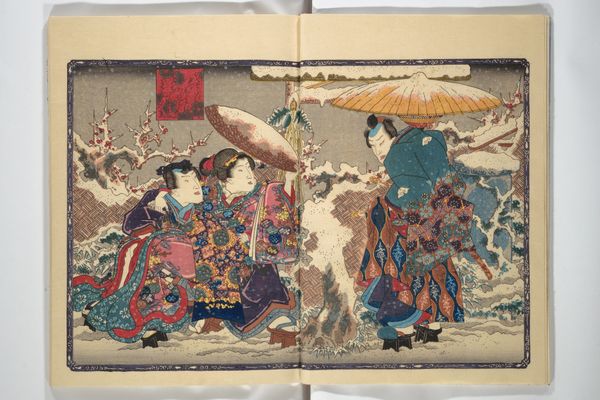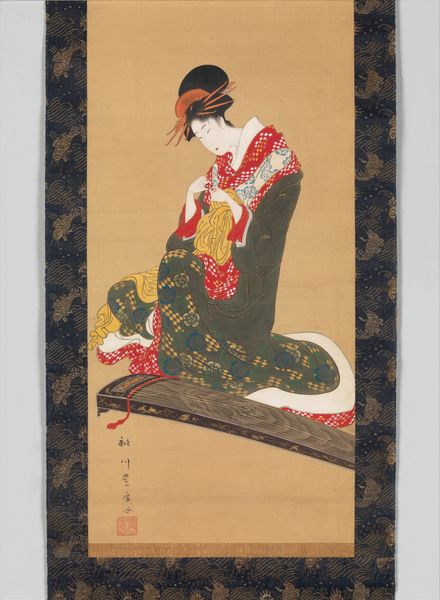
ceramic, porcelain, sculpture
#
ceramic
#
porcelain
#
figuration
#
sculpture
#
men
#
genre-painting
#
decorative-art
#
rococo
Dimensions: Overall (confirmed): 8 1/16 x 8 1/16 x 5 3/4 in. (20.5 x 20.5 x 14.6 cm)
Copyright: Public Domain
Curator: Welcome. Before us stands a delightful porcelain sculpture created by the Meissen Manufactory between 1740 and 1750, entitled "Harlequin and the Quack Doctor". Editor: My first impression is that this little tableau is brimming with satire and social commentary, but in a delicately Rococo way. The flamboyance of the outfits, the exaggerated gestures – it feels almost theatrical. Curator: Indeed. Meissen porcelain was prized for its fine quality, but also for its capacity to capture contemporary society. Here, we see the contrast between the refined gentleman, presumably the doctor, with his elegant garb, and the iconic figure of Harlequin, with his more earthy and clownish posture. Consider the skill needed to mold and fire the porcelain, creating these vibrant colors and intricate details on a miniature scale. It’s as much a feat of engineering as it is artistry. Editor: Absolutely, and I find the scene telling. The quack doctor, promising remedies, while Harlequin looks like he might be about to swindle him, or expose his lies. It speaks to a broader skepticism about authority and class structures that was bubbling under the surface of 18th-century Europe. These characters, born in theater, highlight performance as the central strategy in social encounters across Europe. Curator: Good point! And if you consider that the factory's patron was Augustus the Strong, Elector of Saxony, producing something that gently pokes fun at the nobility is fascinating. The materials themselves also matter; porcelain as a commodity was still relatively new to Europe, making the figurines symbols of luxury. Production also served as a matter of local interest and economics, when alchemist Johann Friedrich Böttger was forced by the monarchy to find a method for creating porcelain. Editor: Yes, it also served as soft power! But what truly grabs me is how "low" comedic figures infiltrate "high" art forms, prompting conversation about the function of humor as cultural resistance. These characters are no longer performing on stage, but in a porcelain recreation of a stage; their identities are fixed by performance, for purchase, permanently. Curator: Well, there's certainly a lot to unpack in this miniature masterpiece! Looking at it closely reveals much about the production methods of the time, and the societal hierarchies and the economics of material culture during the Rococo period. Editor: Exactly. For me, it’s a poignant reminder that art always participates in power dynamics. I'll definitely be reflecting on these observations long after our time here.
Comments
No comments
Be the first to comment and join the conversation on the ultimate creative platform.
